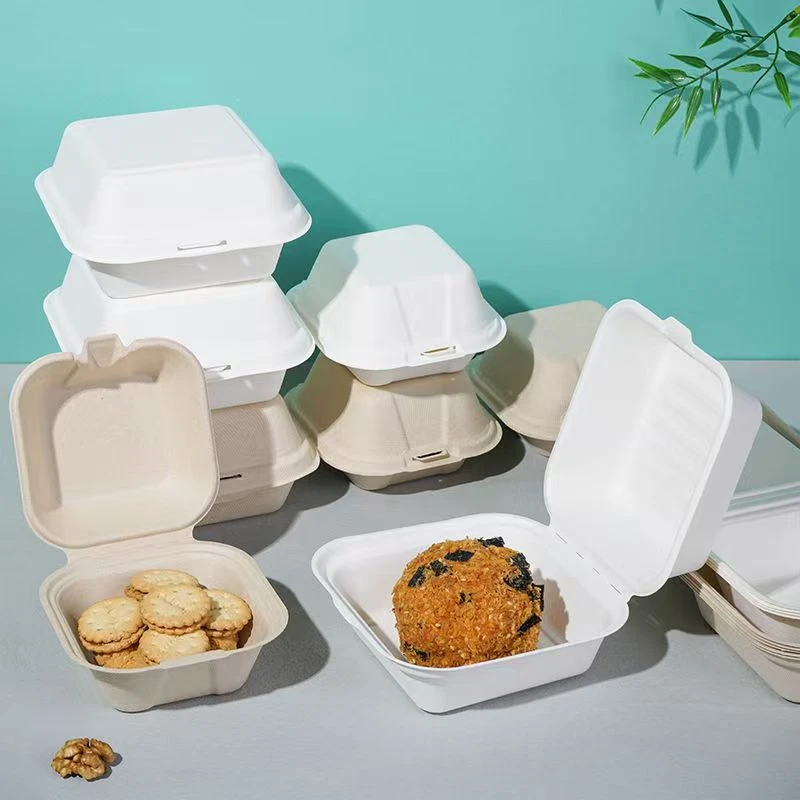The Rise of Disposable Food Packaging Containers A Trend Shaping the Future of Food Service
In recent years, the food industry has witnessed a dramatic transformation, primarily driven by the increasing demand for convenience and swift service. One significant aspect of this transformation is the escalating use of disposable food packaging containers. This trend has not only revolutionized how food is served and consumed but has also raised important questions about sustainability and environmental impact.
Disposable food packaging containers come in various forms, including plastic, paper, foam, and biodegradable options. They are designed to be used once and discarded, making them an appealing choice for restaurants, food trucks, and catering services that prioritize speed and efficiency. The rise of takeout and delivery services, amplified by the global pandemic, has further accelerated this trend. According to industry reports, disposable packaging sales have soared, indicating a paradigm shift towards on-the-go eating habits.
One of the primary reasons for the popularity of disposable containers is their convenience. They provide an effortless solution for food service businesses looking to cater to busy consumers. Quick-service restaurants (QSRs) and cafes benefit from the speed at which food can be packaged and served, reducing wait times and enhancing customer satisfaction. Additionally, these containers often require minimal cleaning, which can cut labor costs and streamline operations for food businesses.
However, while disposable food packaging offers undeniable advantages, it comes with a significant environmental cost. The majority of disposable containers are made from materials such as plastic and foam, which contribute to pollution and landfill waste. According to the Environmental Protection Agency (EPA), millions of tons of plastic waste end up in landfills each year, posing a serious threat to ecosystems and wildlife. This environmental impact has spurred debates about the sustainability of using disposable materials in the food industry and has led to calls for stricter regulations and more eco-friendly alternatives.
disposable food packaging containers

In response to increasing environmental concerns, many companies are seeking out sustainable alternatives to traditional disposable containers. Biodegradable and compostable packaging made from plant-based materials, such as cornstarch or sugarcane, are gaining traction as eco-friendly options. These materials decompose more quickly than conventional plastics and can significantly reduce the environmental footprint of disposable packaging. Moreover, businesses that adopt sustainable practices can enhance their brand image, appealing to environmentally conscious consumers.
Governments and regulatory bodies worldwide are also taking action to curb the excessive use of single-use plastics. Some cities and countries have implemented bans or levies on specific types of disposable containers, encouraging a shift towards more sustainable practices in the food industry. Such regulations aim to reduce plastic waste and promote recycling and composting initiatives.
Despite the regulatory pressure, the challenge remains for food businesses to balance convenience with sustainability. The transition to eco-friendly packaging solutions often comes with higher costs, which can be a deterrent for small businesses. However, it is essential for these companies to recognize that a commitment to sustainability can yield long-term benefits. Consumers are increasingly favoring businesses that exhibit social responsibility, and opting for eco-friendly options can set a brand apart in a competitive market.
The innovations in food packaging technology further highlight the industry’s shift towards sustainability. Many companies are exploring new materials and designs, including edible packaging and reusable containers, which could redefine the disposable packaging landscape. Collaborative efforts between food service providers, packaging manufacturers, and environmental organizations are essential to foster creativity and drive significant change in the sector.
In conclusion, disposable food packaging containers have become an integral part of the modern food service industry, reflecting the growing demand for convenience and speed. However, this trend also highlights the pressing need for sustainability and responsible consumption. As consumers become more aware of their environmental impact, food businesses must adapt and innovate to meet these changing expectations. By investing in sustainable practices and embracing eco-friendly packaging solutions, the food industry can not only address environmental concerns but also align itself with the values of a new generation of consumers who prioritize sustainability in their purchasing decisions. The future of disposable food packaging containers lies in striking a balance between convenience and environmental responsibility, ensuring that the industry can thrive without compromising the planet.



